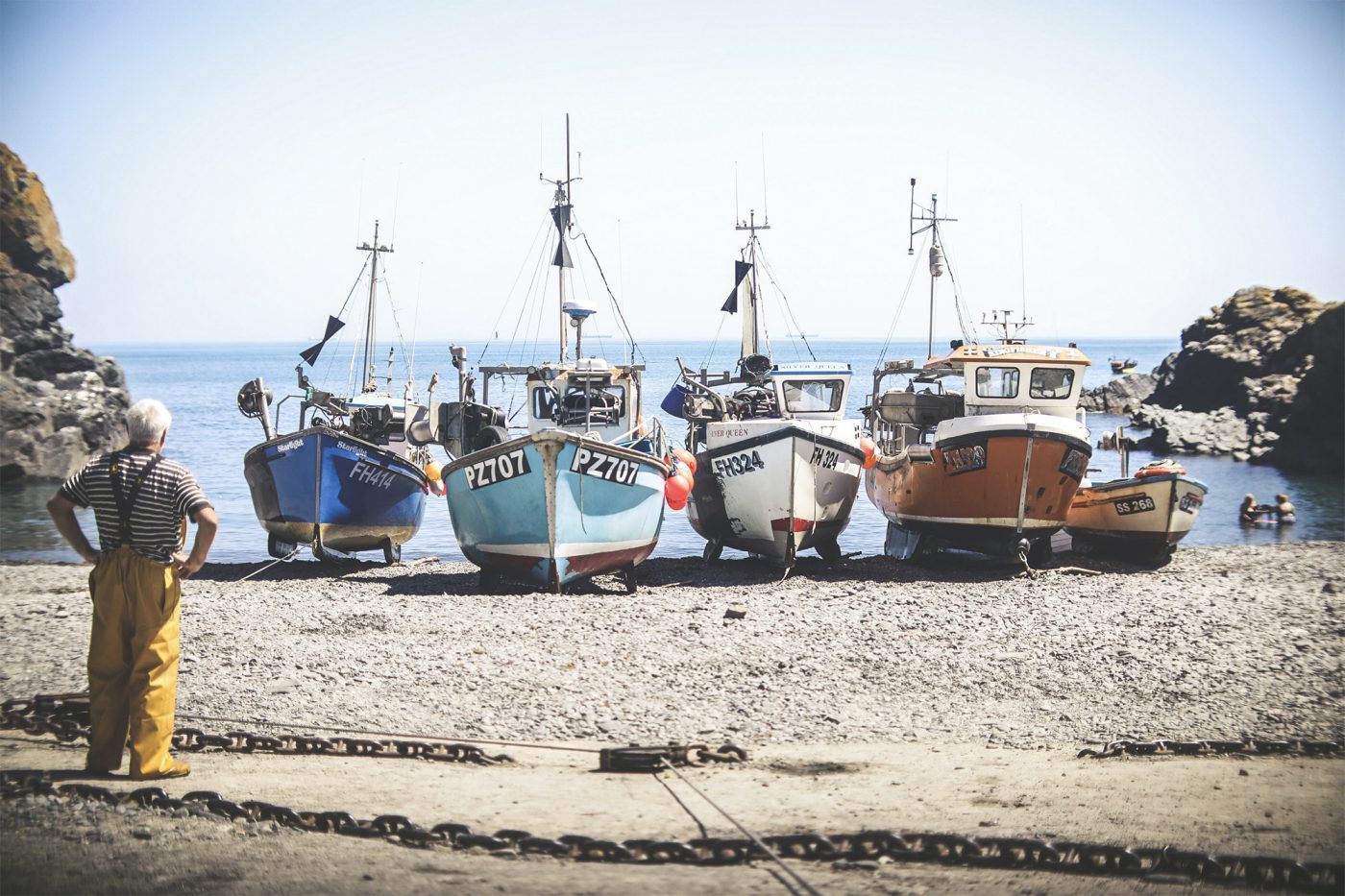2 August 2010
The NFFO in collaboration with the North Sea Regional Advisory Council and other Fishermen’s representative bodies are again running the North Sea Stocks Survey that invites fishermen to contribute their knowledge on the status and trends in stocks subject to TACs.
The survey is now into its 7th year and the growing time series it is producing is becoming ever more valuable. As well as regularly being referred to in ICES advice, analysis of the full time series this year demonstrated that the evidence corroborates well with other data that feeds into the stocks assessments.
This offers the opportunity for the time series to be incorporated as an active element in the assessments in order to tune their outputs and subsequent advice on setting fishing opportunities. It also demonstrates that information from the industry which is often disregarded as being anecdotal or tainted, in fact can be a valuable source of scientific information if gathered in a systemic way.
The Federation continues to work to see that the survey results are maximised to their full potential in the stocks assessment process and in representing the views of the fishing industry in the autumn negotiations on fishing opportunities.
The summary of the 2009 survey report is provided below.
Summary
This report presents the results of an analysis of the data collected through the Fishers’ North Sea Stock Survey in 2009. The survey was carried out using a questionnaire circulated to North Sea fishermen in five countries; Belgium, Denmark, England, the Netherlands, and Scotland. Fishermen were asked to record their perceptions of changes in their economic circumstances and in the state of selected fish stocks from 2008 to 2009.
A total of 233 completed questionnaires were returned in 2009, of which 216 were included in the analysis. The number of questionnaires returned was less than in 2008 and continues a downward trend seen over several years, although this is confined to only some of the participating countries.
The results of the analysis of economic perceptions are summarised in Table 1. Overall, most respondents reported ‘the same’ level of difficulty in getting or retaining crew. Perceptions of changes in costs were divided between ‘less’, ‘the same’ and ‘more’, but the majority of respondents reported ‘less’ profits’. Most reported ‘less’ or ‘the same’ level of optimism about the future.
The biggest changes from 2008 to 2009 were in the proportions reporting ‘less’ or ‘the same’ costs. There were also fairly large increases in the proportions reporting ‘less’ difficulty in getting or retaining crew, and decreases in the proportions reporting both ‘less’ costs and ‘less’ profits.
The results of the analysis of perceptions of the state of fish stocks are summarised in Table 2. Overall, most respondents reported an increased abundance; catching ‘all sizes’ of fish; no change or an increase in the level of discarding, and moderate or high levels of recruitment for all eight species covered by the survey.
There were increases – substantial in many cases – in the proportions of respondents reporting greater abundances of all species except cod. There were also substantial increases in the proportions reporting catching ‘mostly large’ fish for most species, again excepting cod.
The pattern of changes in perceptions of levels of discarding were more variable but appear to indicate that the perceptions are of greater discarding of haddock, monkfish and nephrops, and less discarding of whiting, cod and plaice. The picture for recruitment was also mixed, but appears to indicate a perception of higher recruitment of haddock, whiting, saithe, monkfish and nephrops, and lower recruitment of sole, plaice and cod.

